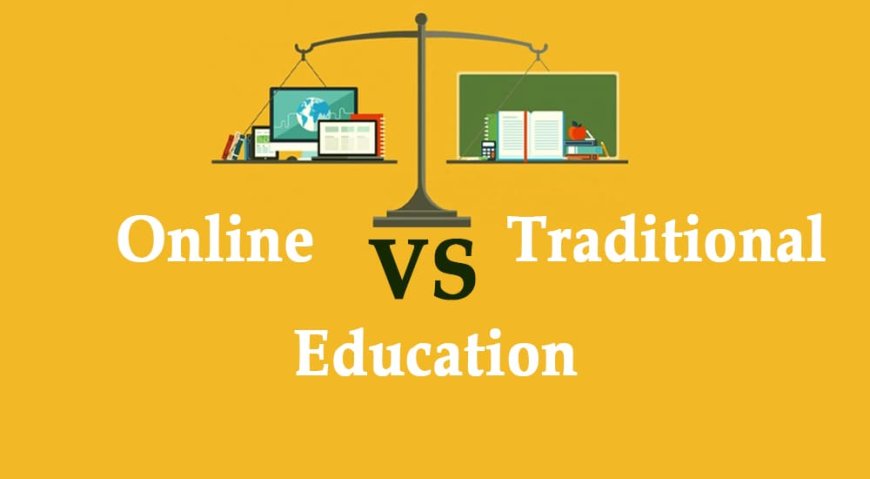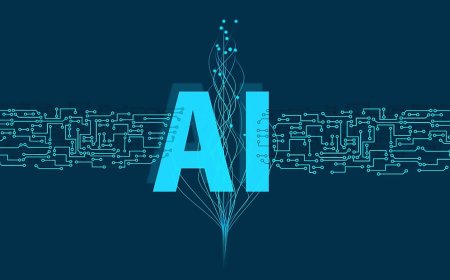Online Learning vs Traditional Schooling: Which is Better?
Explore the pros and cons of online learning versus traditional schooling, comparing flexibility, social interaction, cost, and more.

In today’s fast-evolving world, education is taking new forms, and one of the biggest changes has been the rise of online learning. Over the past few years, online education has grown rapidly, especially due to the pandemic, which forced schools to adapt quickly to virtual classrooms. But is online learning really better than traditional schooling? Both methods have their pros and cons, and it’s essential to look at how each compares to help determine which is more effective for students in different situations.
1. Flexibility and Convenience
One of the most significant advantages of online learning is the flexibility it offers. Students can study from anywhere, at any time, as long as they have access to the internet. This freedom allows students to balance their education with other responsibilities, like jobs or family. In contrast, traditional schooling has set hours and locations, making it harder for students with busy schedules to manage their time effectively.
2. Personalized Learning Experience
Online education platforms often provide personalized learning paths tailored to individual students' needs. Whether it’s going over a lesson again or progressing faster through certain topics, students can learn at their own pace. Traditional schools, however, tend to follow a one-size-fits-all approach, where students may either feel left behind or bored if they can’t keep up with the class.
3. Social Interaction and Networking
Traditional schooling offers a valuable opportunity for students to socialize with their peers. These interactions help build communication skills, friendships, and networks that can benefit students in their personal and professional lives later on. On the other hand, online learning can sometimes be isolating, as students miss out on the social environment that schools provide. However, online platforms are beginning to incorporate virtual classrooms, discussion forums, and group activities to bridge this gap.
4. Accessibility and Inclusivity
Online learning can be a game-changer for students in remote or underserved areas where access to quality education is limited. With the internet, students can access world-class content and teachers from the comfort of their homes. Traditional schooling, particularly in rural or economically disadvantaged regions, may not always have the resources or infrastructure to provide quality education to all students.
5. Teacher-Student Interaction
In a traditional classroom, students have direct access to their teachers, allowing for immediate feedback and personalized attention. This face-to-face interaction helps teachers identify learning difficulties and adjust their teaching methods accordingly. Online learning, however, often lacks the same level of direct interaction. While some platforms offer live sessions or office hours, the lack of in-person contact can make it harder for students to connect with teachers.
6. Learning Environment
Traditional schools provide a structured learning environment where students are expected to stay focused during class hours. For many students, this structure helps them stay disciplined and productive. In contrast, online learners may struggle with distractions at home, such as family members or household chores. The lack of supervision can lead to procrastination, and some students may not take online classes as seriously as traditional ones.
7. Cost-Effectiveness
Online learning is often more affordable than traditional schooling. There are no transportation costs, and many online courses or degree programs offer lower tuition fees compared to in-person colleges or schools. Moreover, students can save on other expenses like books and supplies, as many online programs provide digital resources. Traditional schools, on the other hand, usually have higher costs due to infrastructure, transportation, and additional fees.
8. Variety of Learning Materials
Online education provides access to a wide range of learning materials, including videos, articles, interactive quizzes, and virtual labs. This variety can make learning more engaging and allow students to explore topics in depth. In traditional schools, the curriculum is typically centered around textbooks and teacher lectures, which may not always cater to all learning styles.
9. Accountability and Discipline
One of the challenges of online learning is maintaining motivation and discipline. With no physical classroom or teacher to oversee progress, some students may find it difficult to stay accountable for their work. Traditional schooling, with its structured environment, helps students stay on track, and teachers can monitor their progress regularly.
10. Technological Challenges
While online learning is convenient, it also comes with its own set of challenges. Not all students have access to reliable internet or the necessary technology to participate in online classes. In areas with poor infrastructure, this can create a significant barrier to learning. Traditional schooling, with its physical presence, ensures that students can attend classes regardless of technological limitations.
Conclusion
Both online learning and traditional schooling have their benefits, and the right choice depends on the needs and circumstances of the student. Online learning offers flexibility, personalization, and accessibility, making it an excellent option for many. However, traditional schooling provides social interaction, structured learning environments, and direct teacher support, which can be crucial for some students. As technology continues to evolve, we may see a blend of both methods, offering the best of both worlds to learners everywhere




























